We’re glad to introduce the interview with Aurélien Huppe, a SOA student from the Masterclass#15.
Could you present yourself to our readers and tell them the position you currently hold?
I am a French 3D artist living in Malmö (Sweden). Right now, I am a freelancer. I have been running my own ArchViz company for almost 10 years. Currently I have missions at Ikea and work also with a Swedish company called «Adore Adore».
Why have you chosen to become an Arch-Viz Artist?
To be honest, it was not a choice. I met 3D and fell in love with it.
I first studied Biochemistry at university. In that period, there was an outbreak of 3D in movies, video-games and so on. So, I decided to quit university and start an art school. I had no background in art before, but I found a school called LISAA in Paris where I started a 4-year 3D class. After the first year, during which I didn’t touch 3dsMax as the course was more related to drawing and painting, I changed my mind and moved to the Design/Architecture classes in the same school.
In those 4 years, I discovered 3dsMax and V-Ray 0.5. I started to play around with the software about 2 hours a week. It wasn’t much time but it was then that I begun falling in love with 3D rendering and spent more time doing a render than my designing. After 4 years, I graduated and had the opportunity to work for an architectural company in Paris called «Arene/Edeikins» (now called Ateliers 2.3.4). It was the real beginning for me in Archviz rendering. My everyday job was to understand how light works, how materials behave, to model projects and to understand architects. Oh, and of course, to get deeper into Max and V-Ray 0.5 🙂 It was hard but fun. I don’t know how much time I spent in those first months sitting in front of my computer struggling to get a good result. Not the same anymore but we will talk about that a bit later.
[ux_gallery ids=”7523″ style=”none” lightbox=”false” columns=”1″ image_size=”large”]
What were the biggest difficulties you faced at the beginning of your career? How did you handle and overcome them?
It depends if you talk about the beginning of my carrier as a 3d artist or as a freelancer. I’ve already talked about the first one so I will say a word on the second one. At first, I didn’t considered becoming a freelancer as an option. When I quitted Ateliers 234 and chose to move to Quebec (French Canadian part), I met Julien, an architect and a friend now, who asked me to work with him. So, I opened my own company based in France and started working from Montreal for a year. I discovered that in our job there’s no need to meet the client to work; you can work from everywhere. The only things you need are a good internet connection and a computer (I used a laptop + online renderfarms).
Then, I continued my trip and moved to New-Zealand. Again, I worked for Julien and another friend; it was enough to make a living as I hadn’t to look for new clients. But then I went back to France. There things started to be a bit more complex: I worked for hours at home to minimize the expenses and tried to find new clients as life in Paris is more expensive. The result was that I felt isolated with more and more competitors on the market: a lot of my friends from 3D school had started to work for ArchViz because at that time, video game and movie industries weren’t hiring anymore. Hard time. But one thing helped me a lot: my network of old colleagues. To keep contacts and good relations with your old colleagues is really important. You’ll never know whether one day you have to work together again.
When I returned to France, I didn’t want to be a freelancer. I was really motivated and wanted to have enough work to hire people and little by little grow as an ArchViz company. I quickly realized that it wouldn’t have been easy. After a while, I had the opportunity to find some associates and create a small studio with them but it didn’t work as apparently it wasn’t the good moment for it. According to my experience, if you think to create a partnership be aware about two things before signing: first, every partner has to be equally treated (in terms and conditions) and has to know «who does what» inside the company; second, money. This is the #1 problem in every association. Be sure to agree on the monthly rate of everyone and on how to spend the rest. That’s all you need. If those points are respected, then you are good to go. Good luck!
[ux_gallery ids=”7531″ style=”none” columns=”1″ image_size=”large”]
After all that time seeking after this archi-viz-company’s dream, I realized that I was wrong: it wasn’t the right direction to follow.
I then worked for «CDA production» in Paris as a freelancer for a one month mission. That’s the first time I felt like a freelancer and loved it. There, I understood that I had made some mistakes by investing too much energy and effort in the wrong object. So, I started to invest time and money on ME and MY skills. I read forum and discovered Peter Guthrie at first and then Bertrand Benoit and Alex Roman. By the way, thanks to Peter, I discovered SOA AcademyDay#2. The attendance to this event was a revelation for me. How better fight the feeling of being isolated than attending SOA Academy day. I met people speaking the same language as me, facing the same struggles I had and dealing with hours of hard work to get what they wanted, exactly like me… I was not alone anymore!
So, from this point, I decided to sell my skills by doing missions for clients as a freelancer. My first big mission was for Ikea, incredible experience (by the way, they are always looking for new freelancers, so if you could be interested in working there, send me an email and I will forward your application).
Is there a work/ an image/ a project that you created which is most valuable to you? Why?
Two actually. First one is my last work at Ateliers 234. It was the rehabilitation of a tower at La Défense in Paris. We won the competition and then, with a small team, we worked at the top floor of the building for few months. I spent one full day on this image. It’s a 3D/photo mix. It was a wonderful experience.
[ux_gallery ids=”7525″ style=”none” width=”full-width” columns=”1″ image_height=”56.25%” image_size=”large”]
The second image was made a couple of months ago when I worked at the Ikea production house. The company looks for photorealistic pictures. The level of realism asked is really high. That’s challenging. I liked it but you need much time to work with precision. I also met some amazingly good 3d artists and photographers. Unfortunately, I cannot show any image I made, but you can see them on their website, in kitchen’s brochures and in the main Ikea’s Catalog.
What do you do in your free time after work? Can you balance your working life and your private one?
Free time is a goldmine. It was quite hard in the past to balance my everyday life between work and free time. I was working from home and for me it was hard to have a clear division between job and private life. After few years I rented a small place to work in. It was risky to pay it every month but at the end it’s so worth it! When you leave your office to go home, you are in the private part of your life. It was much easier for me to stop working late every evening or overnight. Moreover, working in the same place as other freelancers decreased also my feeling of loneliness.
At some point, it’s essential to find a good balance. You need to rest your eyes and also your mind to do a good job. I do photography to relax and express my creativity (sometimes the creative part of the job is a bit frustrating). I usually go out, I look at the light and take pictures of Life around me. I also run, play squash… and travel!
Thanks SOA for your interest. And thanks to you that read the article until the end!
[ux_gallery ids=”7536,7535,7534,7533,12745″ style=”none” col_spacing=”small” columns=”2″ image_height=”75%” image_size=”large”]

